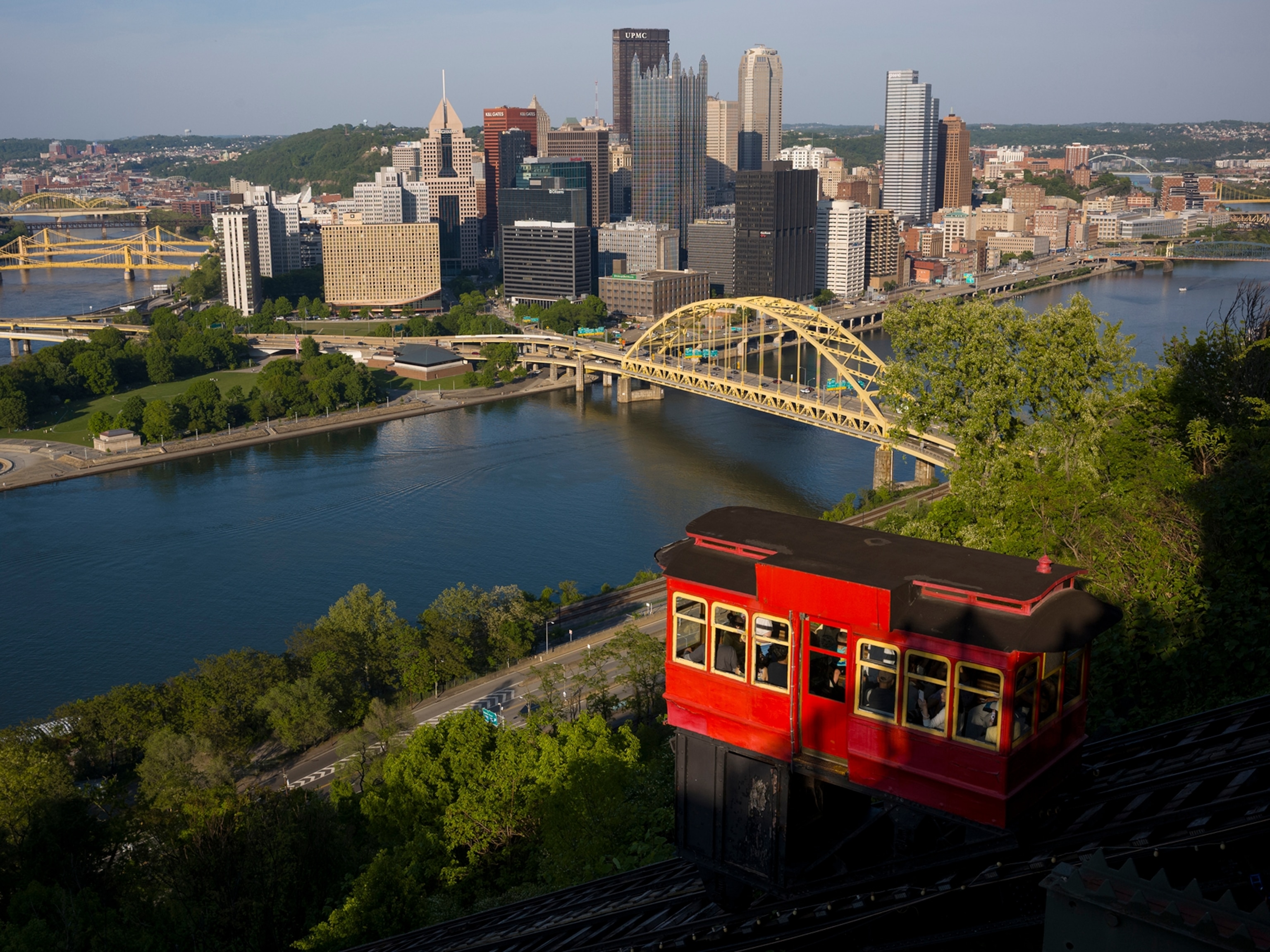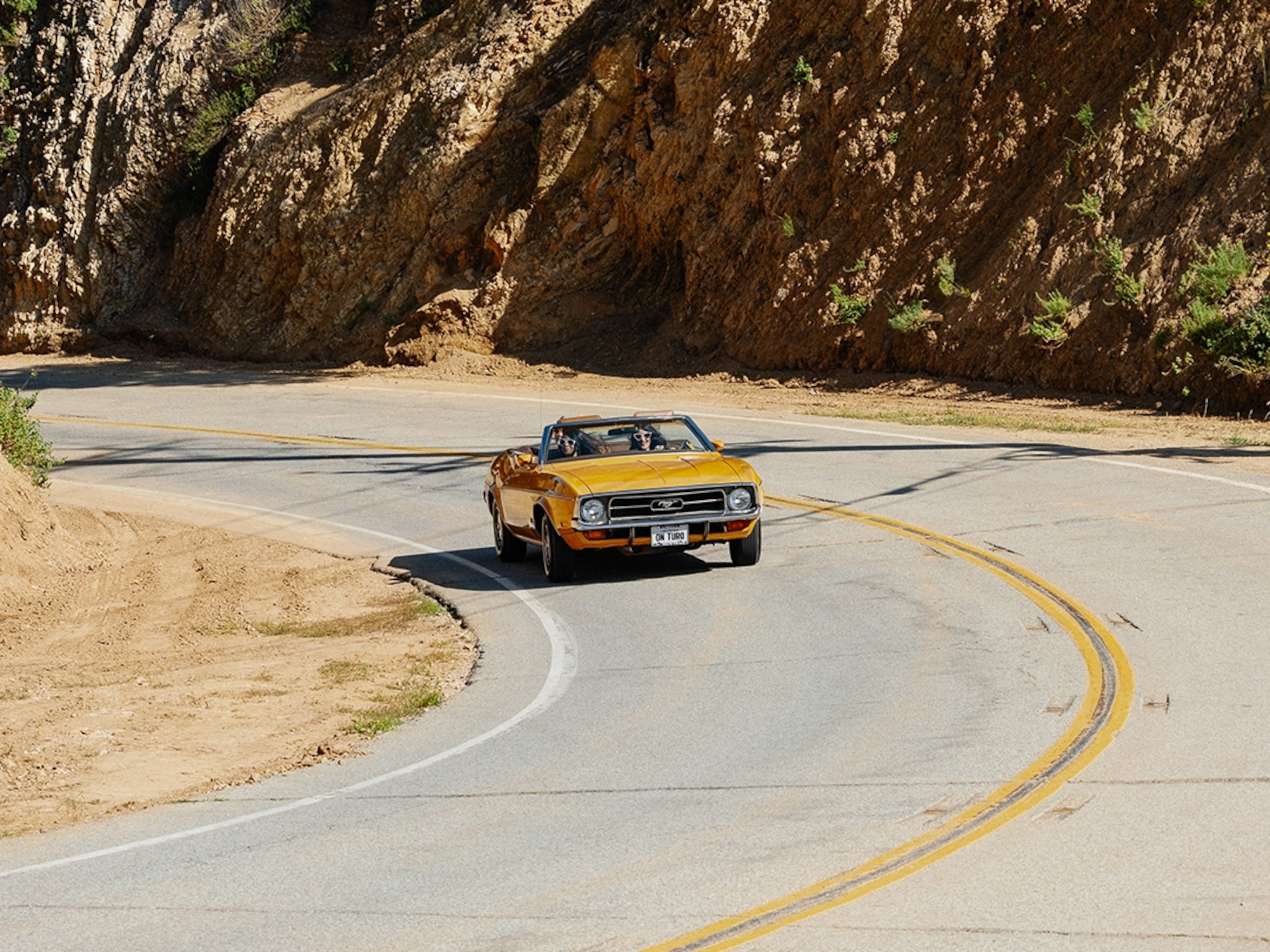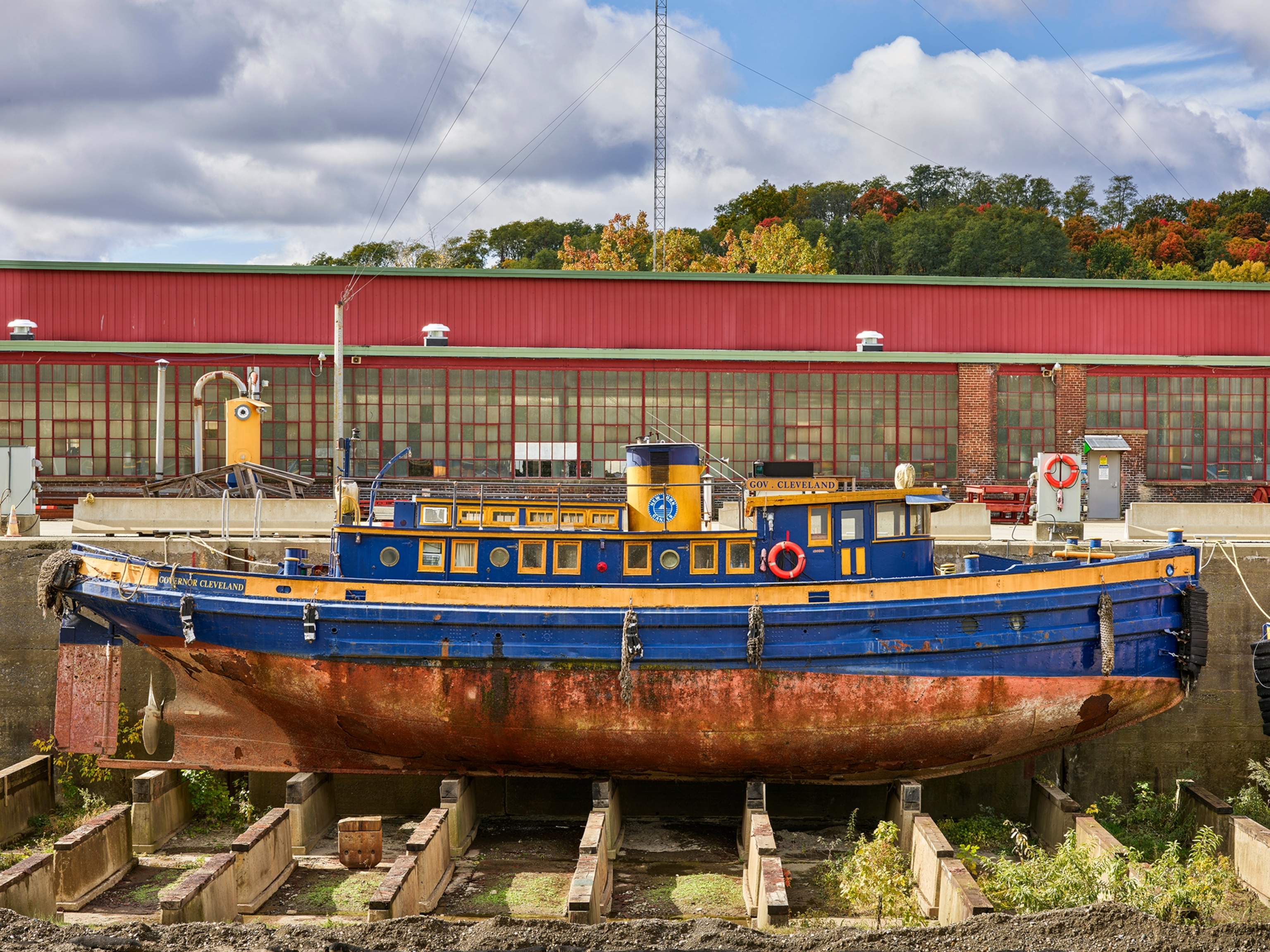How to Help Animals Cross the Road (or Canal or Dam)
When roads and canals disrupt wildlife habitat, bridges and tunnels help animals avoid becoming roadkill.
The old joke asks, "Why did the chicken cross the road?" But in the world of wildlife conservation, the big question is, "How did the animal cross the road?" And the answer is often: With the help of a bridge or tunnel so there are no worries about animal-vehicle collisions.
One conservation group is testing, for the first time ever, wooden ladders to expand the habitat of endangered water voles in London. The Canal and River Trust hopes that the "superhighways"—designed to guide the voles over the tall edges of the Grand Union Canal—will help an isolated group venture beyond the small pond they live in and into the canal, where they can nest in and feed on new man-made islands. If successful, more ladders will be installed throughout London to encourage the voles to make more use of the canals. Then the city's fragmented vole populations can connect, mate, and improve their genetic diversity.
Here are five other ways that man-made structures help animals avoid obstacles to get to the other side.
Crab Bridges and Tunnels - Christmas Islands, Australia
Between 50 and 120 million red crabs make their way out of the rain forest each year during the migration season, marching slowly across the road to reach their breeding ground near the sea. But heavy traffic crushes an estimated 500,000 adult and young crabs every year. The government built bridges and tunnels to reduce the alarming death toll, adding high walls along the road's edge to funnel the crabs into the tunnel and the fenced overpass during their migration. Not only have they saved thousands of crabs each year, but the overpasses have also become a popular attraction among tourists. (Watch millions of red crab babies hatch and move inland.)
Elephant Underpass - Kenya, Africa
As part of the larger effort to restore the historic migration route used by African elephants in northern Kenya, conservationists built an underpass beneath the busy Nanyuki-Meru road in 2010 so the large mammals could safely move between isolated areas without angering locals by walking through the fences and destroying their crops. The project, the first of its kind in Kenya, has been successful. Hundreds of elephants have been spotted walking through it, chief conservation officer Geoffrey Chege of Lewa Wildlife Conservancy told National Geographic in 2012.
Storm Drains - Maryland
What was originally meant to channel water under the highway has often become a passageway for wildlife throughout the country. Professor J. Edward Gates and his team at the University of Maryland's Center for Environmental Science placed infrared cameras inside nearly 300 storm drains and tunnels in Maryland; measurements range from 2 feet (3.2 kilometers) to 15 feet (24 kilometers) around. The goal was to learn what species use the drains to cross highways. The cameras revealed that racoons, Virginia opossums, and larger animals like white-tailed deer have waded through the water to get to the other side of the road. Gates believed that many of the animals may have discovered the culverts while looking for food.
Highway A50 - Netherlands
Among the most impressive and visually stunning overpasses made just for animals is the one built over Highway A50—a lush green bridge covered with vegetation to help endangered wildlife like the badger, deer, and wild boar cross the road from one part of its habitat to another. The bridge is one of 600 wildlife crossings in the Netherlands, home to the world's largest overpass, which runs half a mile (800 meters) across a highway, railroad, and golf course.
Salamander Tunnels - Amherst, Massachusetts
In 1988, 50 people came out in the rain to watch the opening of a salamander tunnel. One salamander showed up, ignored the tunnel, and headed straight for the road. Today, that same tunnel, built under Henry Street, has become an important passageway in the spring, when spotted salamanders make their annual trek across the road to mate in the vernal pools on the other side. Across the country, conservation groups in Santa Rosa, California, employed the same method to give the endangered tiger salamander a safe path to its breeding grounds.




